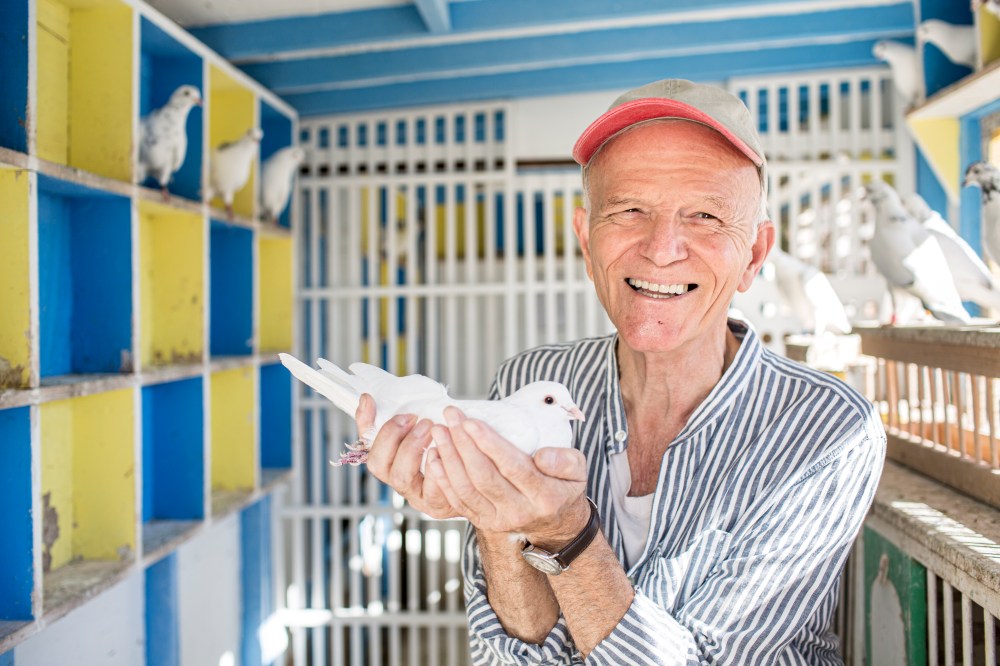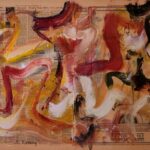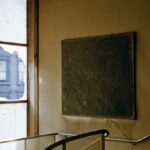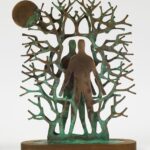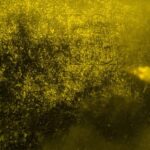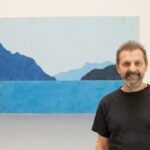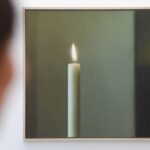Dutch-born artist Anton van Dalen, who for more than fifty years chronicled New York’s East Village and its wild denizens, from people to pigeons—a particular passion—died at his home on June 25. He was eighty-six. His gallery, P.P.O.W, confirmed that he died of natural causes. Working in a Surrealistic style at a time when more experimental genres such as Minimalism and Conceptualism were in vogue, he captured the eclectic life forms and crumbling structures of his adopted neighborhood in works whose evident traces of humanity reflected the vibrant milieu of which he was an intrinsic part. “I consider myself a documentarian of the East Village, yet I am a participant and spectator to its evolution,” he told respected New York blog EV Grieve in 2020. “Began documenting my street surroundings in 1975, urged on by wanting to note and remember these lives. Came to realize I had to embrace wholeheartedly, with pencil in hand, my streets with its raw emotions.”
References: this article is based on content originally published by News Desk on Artforum. You can read the full article here.
Anton van Dalen was born November 11, 1938, in Amstelveen, Netherlands, to a conservative Calvinist family. As a child, he witnessed the Nazi occupation: Its horrors would loom shadowlike decades later in the East Village, whose bang-bang street life of the 1970s he cast as “a replaying of my own war.” After graduating from what was the Amsterdamse Grafische School (now Mediacollege Amsterdam) in 1954, he moved with his family to Toronto before settling in New York in 1966. In 1971, following a stint on Rivington Street, on the Lower East Side, he moved with his wife and two young children into a town house on Avenue A, where he would remain all his life.
References: this article is based on content originally published by News Desk on Artforum. You can read the full article here.
“Initially I just watched and listened to the street life, its sidewalk theater with joyous salsa music,” he told the Grieve. “It was not the New World that I had imagined as child growing up in Holland—no streets here paved with gold. Rather streets paved by the colors of many cultures.”
References: this article is based on content originally published by News Desk on Artforum. You can read the full article here.
Van Dalen’s stylized cityscapes, which often seemed to hum or buzz, were frequently populated by fanciful figures that stood in for the East Village’s residents: In his Bar on A, 2010–11, a human form with a soft-serve ice cream cone for a head tugs at the leash of a dog whose noggin has been similarly replaced. Animals, too, were favorite subjects, as in 1981’s Aliens Rescue Animals from Central Park Zoo, in which a spaceship shaped like a top descends from a star-dotted sky to beam up bright red animals, their equivalent scale—a rabbit, a tiger, and an elephant all appear the same size—suggesting equality among species. Perhaps Van Dalen’s most cherished subject was the pigeon: He kept his own flock atop his roof, as he had done when he was a boy, and depicted them swooping above parapets, as in 2014’s Self-Portrait with Pigeon Coop Looking North, or cozy in their homes, as in the 1987 installation The Auto Aviary.
References: this article is based on content originally published by News Desk on Artforum. You can read the full article here.
One of Van Dalen’s most well-known works, 1995’s Avenue A Cutout Theatre, in a sense encompassed all these enthusiasms. The artist typically strode into the room, carrying a large cardboard box on his back, which he would remove before displaying its contents, photos mounted on board and, as described by David Frankel in a 2015 Artforum review, constituting “a kind of history of the East Village during the artist’s time there: its immigrant populations, its tenements, its drugs and violence and art scene and homeless settlements and riot police, and later its condos and investment bankers.”
References: this article is based on content originally published by News Desk on Artforum. You can read the full article here.
In setting out the objects, the artist spoke about each one. “When Van Dalen set out to make a theater, he said during the performance, ‘Instead of writing a grant proposal, I made it out of nothing. No insurance, no electricity . . . ,’ just what he could carry on his back,” wrote Frankel. “The idea is typical of artists such as [Greer] Lankton and [Arch] Connelly, who invested cheap and found materials with enormous weight.”
References: this article is based on content originally published by News Desk on Artforum. You can read the full article here.
Though he never had an assistant himself, Van Dalen for decades worked as one to renowned New Yorker cartoonist Saul Steinberg; he also taught at New York’s School of Visual Arts. Among the solo exhibitions he enjoyed during his career were those at the Temple Gallery, Tyler School of Art, Temple University, Philadelphia; the University Gallery, University of Massachusetts, Amherst; and The Galleries at Cleveland State University. P.P.O.W hosted his most recent solo show, “Doves: Where They Live and Work,” in 2022. His art is held in the collections of the Brooklyn Museum, the Museum of Modern Art, and the Whitney Museum of American Art, all in New York, and in that of the Yale University Art Gallery, New Haven. Though undoubtedly pleased to see his work embraced by internationally renowned institutions, Van Dalen all his life remained driven by concerns that were at the same time loftier and more down-to-earth.
References: this article is based on content originally published by News Desk on Artforum. You can read the full article here.
“My documenting became more and more informed by the stories of my neighbors’ acts of activism,” he told the Grieve, “and a commitment on my part to be true to those lives, of their raw heartfelt emotions, birthed on the street. Their truth telling kept my work honest, brought authenticity to my documentation, so critically important. That my work needed to join the raw birth, speak for, this sad beauty born on our streets, and not to forget.”
References: this article is based on content originally published by News Desk on Artforum. You can read the full article here.
